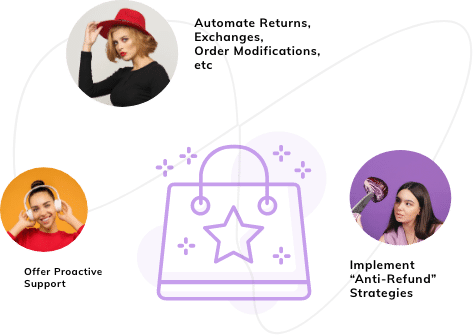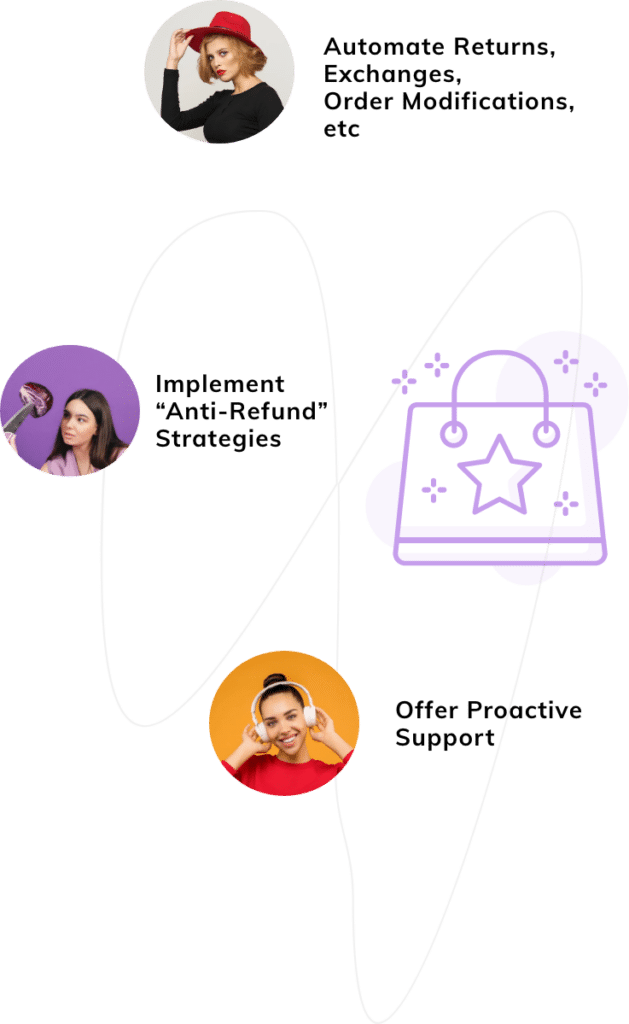Last Updated: April 2024
More than a year after a global lockdown, business growth is finally starting to reach pre-pandemic levels. With customers back in stores and flights at full capacity, hopes of a ‘V-shaped recovery’ have started to materialize. For many companies, the focus has been on finding new markets and diversifying supply chains, while simultaneously enhancing B2B customer experiences. Cost control is assuming greater importance. The mantra of “doing more with less” drives business leaders to revamp processes to improve efficiency and quality.
To drive growth, however, these measures likely won’t be enough. So billion-dollar brands like Zoom and FedEx offer training resources to help small businesses and educational institutions deal with operational challenges beyond communication and logistics.
While there is a Corporate Social Responsibility (CSR) element to this outreach, the primary motivation has always been improved customer experience. In the post-pandemic era, business customers are beginning to demand greater personalization and proactive customer support just like their B2C counterparts.
Therefore, you need to develop a holistic B2B customer experiences strategy to address this opportunity and outsmart the competition.
What the Shift in Expectations Relating to B2B Customer Experiences Means for You
In 2020 and beyond, B2B customers will increasingly look for customized solutions that enable innovation and save time, giving them a competitive edge in the markets where they operate. In turn, they expect the suppliers and partners they buy from to provide a seamless experience across the customer journey – from discovering new products and placing orders to making payments and getting on-demand access to customer support. In many ways, B2B customers are mirroring the behavior of their B2C counterparts, and it’s not hard to see why.
In the new normal, business buyers are moving away from competitive tenders and relying on their research to make purchase decisions. In fact, most decision-makers will have already made up their minds on what to buy before they even approach your sales team. After all, why should the process for buying industrial goods be any different than consumer electronics? At the same time, they may not appreciate aggressive sales tactics and persistent follow-ups.
To succeed, you need to be transparent, efficient, and have credible products and services that meet industry standards.
4 Pro Tips to Creating Phenomenal B2B Customer Experiences

In other words, you need to think like a customer and anticipate their needs to deliver what they need consistently and proactively. This may seem like a tall order; however, an incremental approach can make your transition much easier.
Given that B2C brands are far ahead in customer experience, here are five ideas you can adopt from them to get started.
1. Focus on Response Time:
B2B teams often operate on short deadlines, which tie in closely with delivery schedules and related contractual obligations. This means that they need instant access to account information and sometimes cannot wait until the next business day for a response. This is no different than B2C, where response times have shrunk from more than 12 hours to around 1 hour in some cases! (Super Office). If you have a small team already managing multiple accounts, it is time to implement an online self-service portal. This will give your customers the flexibility to manage orders, payments, renewals, etc., on-demand.
Don’t forget to include a dedicated section for FAQs and/or a knowledge base with instructional videos and troubleshooting guides. If you have a mobile app, you can further improve the search functionality by integrating a chatbot that provides auto-suggestions, much like Google does. This will allow your team to focus on priority tickets while reducing inbound volumes significantly.
2. Connect Marketing and Sales with Customer Support:
Timely access to customer data can unlock many up-sell and cross-sell opportunities you would have otherwise missed out on. In most cases, customer support operates in isolation from other teams despite being customers’ first point of contact. Having a single “source of truth” can improve visibility and collaboration across departments like marketing, sales, and customer support. Interlinking systems like CRM, payment gateways, and helpdesk with each other can also lower operating costs, thanks to faster decision making. Ultimately, it can be a critical enabler for your customer support team.
For example, if a customer support agent cannot confirm whether or not a specific order is eligible for a special discount, the customer might cancel it altogether. Thus, integrating workflows can create a continuous feedback loop for all stakeholders, enabling you to innovate faster.
3. Optimize your Online User Experience
Customers cannot possibly buy products they cannot see. Given that 61% of Google search traffic is mobile-driven (Statista), a responsive website is a bare minimum required for a smooth B2B customer experiences. Website optimization also has implications from the SEO point of view- a responsive website can improve your search rankings. From the point of log-in to checkout, ease of navigation can play a major role in increasing average order value. In this context, popular product categories should be prioritized while flexible credit limits and financing options should be provided to avoid cancellations.
Additionally, a dashboard interface should be provided for customers to view their purchases to date, making reconciliation and bill settlement easier. Finally, analytics and customer journey mapping should be leveraged to optimize the online experience.
4. Offer Exclusive Services to Big Spenders:

The loss of one or two such accounts could be disastrous for your bottom line. Suppose you don’t have a loyalty program yet. In that case, you can still offer the big spenders certain ‘VIP benefits’ like exclusive invitation-only events, priority shipping, and dedicated customer support- just like B2C brands do. This can help you solidify relationships with your most valuable customers and position yourself for future business from them.
Last Words
At the end of the day, a purchase manager at a department store or manufacturing business can have the same needs and aspirations as anyone else – a smooth and easy B2B customer experience. By analyzing the customer journey, you can gain vital insights that translate directly into increased sales and revenue. If your customer support team cannot meet your SLAs, outsourcing to a strategic partner like Saufter can have immediate results.
Our team can help you identify process gaps and map customer service KPIs to your business goals. With our Zero Risk Money Back Guarantee, your investment is protected if things don’t go as expected.
Also, try the Saufter – the customer service software that can help you automate and scale your customer support.








